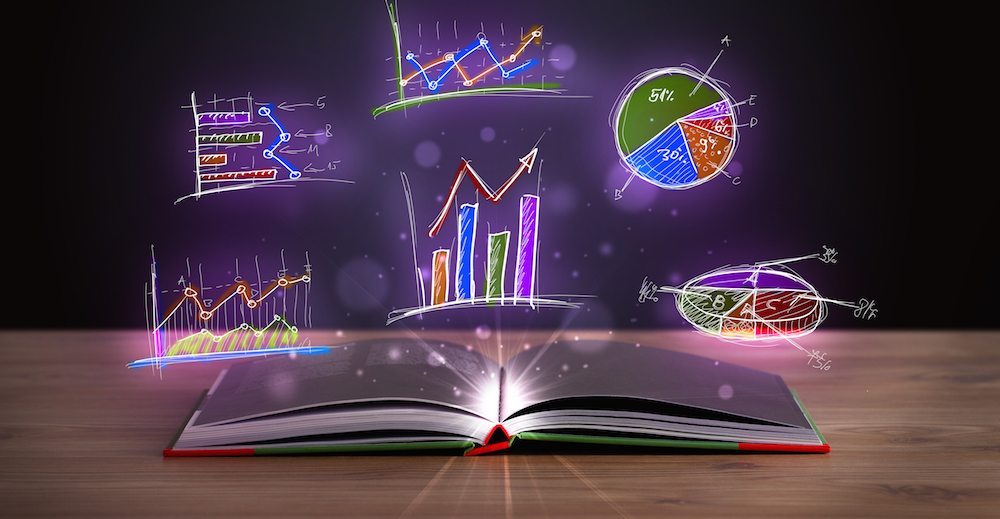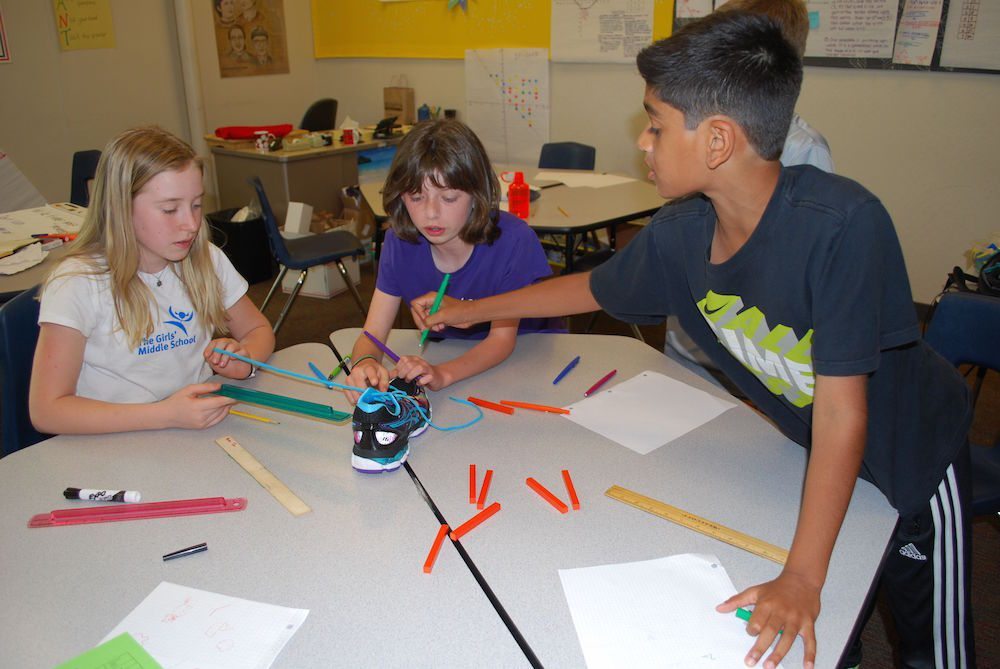
Mathematics educators have long known that engaging students in visual representations of mathematics is extremely helpful for their learning. When youcubed offered “How Close to 100” as an activity for learning math facts with visual representations, teachers across the world were thrilled and responded with thousands of tweets showing students learning by playing the game.
Some of the world’s top mathematicians engage almost entirely with visual mathematics.

For example, Maryam Mirzakhani, arguably the most important mathematician of our time, works almost entirely visually. In news articles she is shown sketching ideas on large pieces of paper on her kitchen table, Maryam joked to reporters that her 3 year old daughter probably thinks she is an artist. Despite the importance of visual mathematics at high levels of mathematics (and all other levels) there is a common perception that visual mathematics is only needed as a crutch for more abstract mathematics. Curriculum guides suggest that students work with physical manipulatives and drawings to help them learn abstract mathematics. Older students often develop the idea that manipulatives are for babies and can’t possibly be useful in higher levels of math. The widespread lack of appreciation of the visual nature of mathematics relates to the misconceptions that exist about the nature of mathematics.
Visual mathematics is an important part of mathematics for its own sake and new brain research tells us that visual mathematics even helps students learn numerical mathematics.
In a ground breaking new study Joonkoo Park & Elizabeth Brannon (2013), found that the most powerful learning occurs when we use different areas of the brain. When students work with symbols, such as numbers, they are using a different area of the brain than when they work with visual and spatial information, such as an array of dots. The researchers found that mathematics learning and performance was optimized when the two areas of the brain were communicating (Park & Brannon, 2013). (for math questions that encourage this use of visual and symbolic representations see https://www.youcubed.org/tasks/). Additionally, they found that training students through visual representations improved students’ math performance significantly, even on numerical math, and that the visual training helped students more than numerical training.
What is Visual Mathematics?
At youcubed we provide many different mathematics tasks that engage students in visual mathematics. Through decades of work with students, teachers, high-tech companies, politicians and others we have learned that people are excited and inspired when they see mathematics as pictures, not just symbols. For example, consider how you might solve 18 x 5, and ask others how they would solve 18 x 5. Here are some different visual solutions of this problem.

Each of these visuals highlights the mathematics inside the problem and helps students develop understanding of multiplication. Pictures help students see mathematical ideas, which aids understanding. Visual mathematics also facilitates higher-level thinking, enables communication and helps people see the creativity in mathematics.
Mathematics is a subject that allows for precise thinking, but when that precise thinking is combined with creativity, openness, visualization, and flexibility, the mathematics comes alive.
Teachers can create such mathematical excitement in classrooms with any mathematics question by asking students for the different ways they see and can solve the problems and by encouraging discussion of different ways of seeing problems.
For an example of visualizing algebra see here.
When we don’t ask students to think visually, we miss an incredible opportunity to increase students’ understanding and to enable important brain crossing.
This article contains excerpts from Jo Boaler’s new book, Mathematical Mindsets: Unleashing Students’ Potential Through Creative Math, Inspiring Messages and Innovative Teaching
Park, J., & Brannon, E. (2013). Training the approximate number system improves math proficiency. Association for Psychological Science, 1–7.
